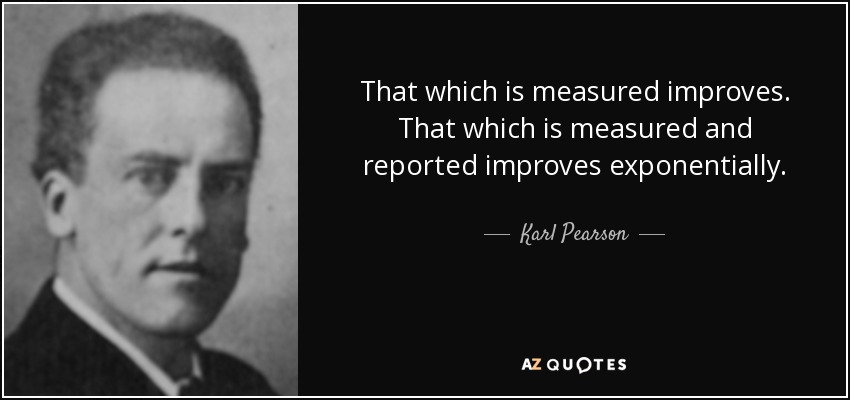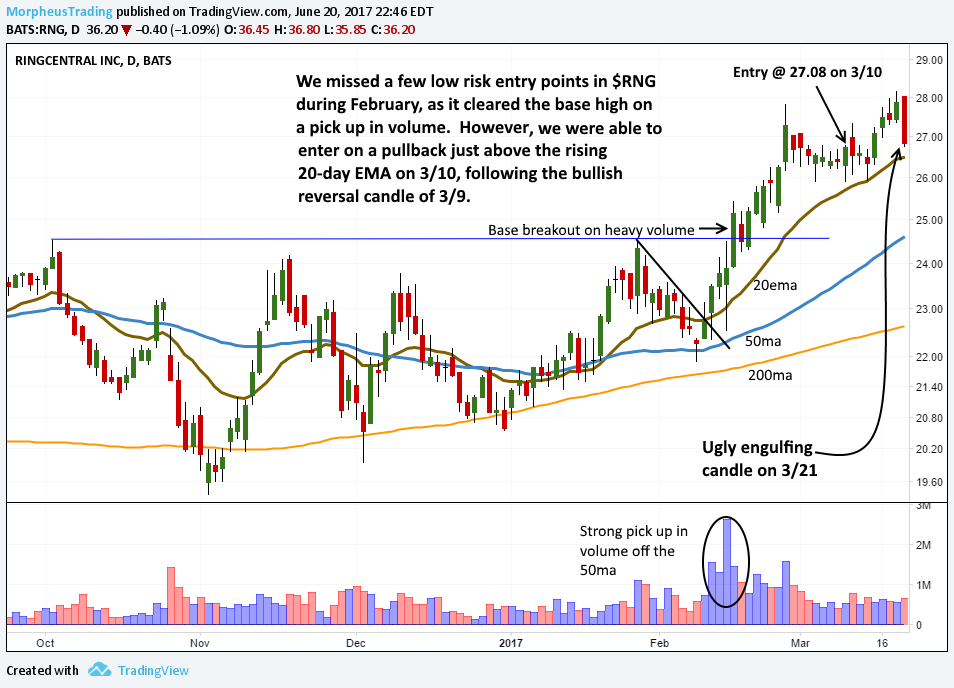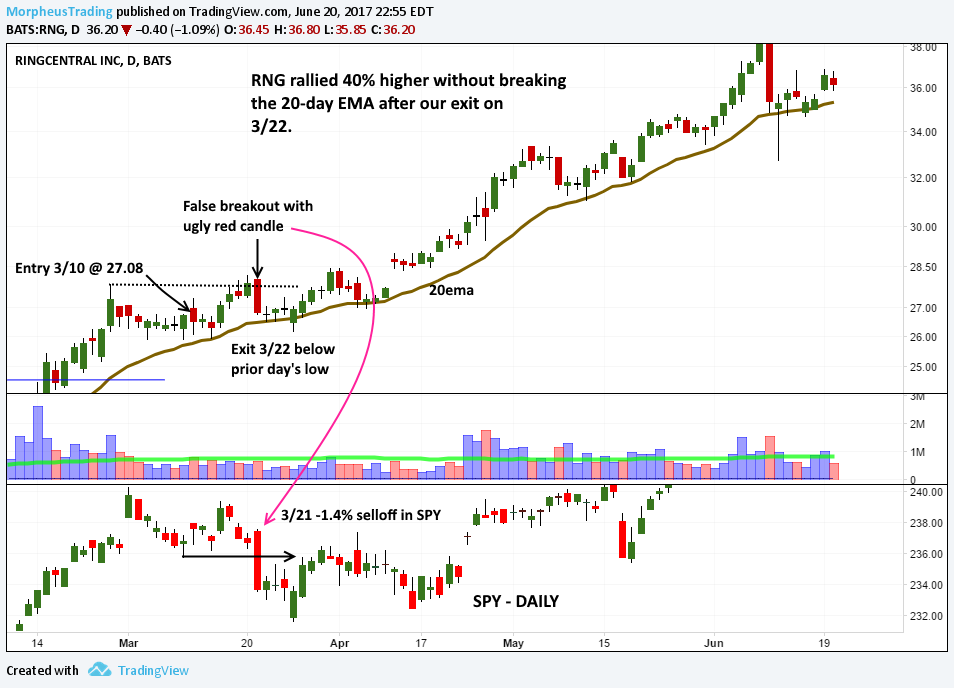As the first half of 2017 rolls to a close, we recently reviewed our year-to-date trading performance. Specifically, we’ve looked at what we did right and what could have been better.
Regular and honest self-assessment of your trading performance is crucial to your long-term success.
Our assessment of Morpheus is that stock trading has been fantastic overall; our model portfolio is on track for another year of big wins.
However, we recently made the mistake of selling a winning stock way too early, and for the wrong reasons.
Continue reading for a humble walk-through of that trading mistake, and to pick up a valuable lesson that can help you avoid the same blunder in the future.

Report Card
The first half of 2017 has been great for our style of momentum trading because small and mid-cap growth stocks have been flexing their muscles.
A few stock picks from the newsletter and realtime trading room have produced big gains for subscribers this year:
- +80% in $MOMO
- +60% in $AAOI
- +20% moves in $CTRL, $MDSO, and $BZUN
Our current model portfolio remains in pretty good shape too:
- +39% in $SQ (open position)
- +29% in $BABA (open position)
However, we have made our share of trading mistakes along the way.
Probably the biggest slip we made this year was letting a broad market selloff influence our decision making in an individual stock trade.
Even for the most experienced trader, holding a winning position for a big gain when the rest of market is tumbling down is indeed challenging.
But in our continual quest for trading perfection, we are always looking for ways to improve on the challenges.
Here’s what we recently learned when Ring Central ($RNG) zoomed 40% higher after we made the mistake of selling it without a valid cause.
Give And Take
When aiming for quick stock gains of 10-15% over a 1-2 week period, swing traders can often sell into strength, not be forced to sit through an ugly market selloff.
However, the goal of our trading system is to produce super-sized stock gains of 40-100% with an average holding period of 2-6 months.
In order to generate these types of returns (as we recently did in $MOMO), we MUST be comfortable sitting through short-term pullbacks of 5-15% in a stock, or 1-3% in the S&P 500/NASDAQ while heavily long.
How we react under pressure during these brief, but often sharp, declines determines how well our Wagner Daily portfolio performs during any quarter or year.
Jumbo returns do not come easy, but they are possible when sticking to our trading plan and ignoring outside influences.
Ring Central Rally [$RNG]
Our biggest mistake this year was caused by a lack of comfort in holding our winning position in $RNG through an ugly, one-day selloff in the market.
But before we get into where we made the mistake, let’s first take a look at our initial buy entry into $RNG:

As annotated by the blue horizontal line, Ring Central broke out to new all-time highs from a valid basing pattern in mid-February.
We missed the first breakout, but patiently waited for the price action to tighten up and produce a low-risk entry point.
That happened on March 10, when we alerted subscribers of our entry into $RNG over the prior day’s high, with a stop loss a few percent below the 20-day moving average.
After buying $RNG, the position immediately fell under a bit of pressure because the price closed well below the intraday day, and on increasing volume (on March 10).
$RNG bounced off support (at $26) to a fresh high less than two weeks later, but on lighter volume.
Lacking institutional accumulation, the breakout failed and $RNG tumbled 4% lower on higher volume on March 21.
Notably, that day’s selloff coincided with a decline of 1.4% in the S&P 500 ETF ($SPY).
The combination of the failed breakout in $RNG and ugly breakdown in the S&P 500 prompted us to ditch the stock to cut long exposure in case of continued market selloff — big time mistake!
React — Don’t Predict!
We should have carefully analyzed the price and volume action of $RNG then, or even its relative strength vs the S&P 500.
Instead, we unfortunately decided to sell, in trying to prevent what we expected (predicted) would become a loss.
And this is precisely where we went wrong.
Following our sale of $RNG on March 22, the stock cruised another 40% higher over the next two months.
It did not even close below support of its 20-day exponential moving average a single day during the rally.
Check it out:

Even now, a few months after our mistake, the chart above is still tough to look at.
Yet, it provides us with an excellent reminder and valuable lesson.
Here’s the part you’ve been waiting for, so grab your smartphone or notebook and jot down these two tasty tips:
1. Always REACT to price action — Don’t PREDICT it!
2. Trade what you see, NOT what you think.
Although $RNG sold off with the market, its volume on the 4% down day (March 21) was not even above average.
Nor did the stock even break below near-term support of its 20-day exponential moving average or prior low.
Finally, our original stop was not even close to being triggered.
This means we violated one the most basic rules of trading: Plan the trade, and trade the plan.
It’s never comfortable to review a scenario and admit your mistakes, but doing so leads to massive personal growth as a trader — and in life too.
The Wagner Daily scored plenty of big wins in the first half of 2017, and we’re focused on profiting from the top stocks in the second half.
Subscribe now and come along for the ride!
